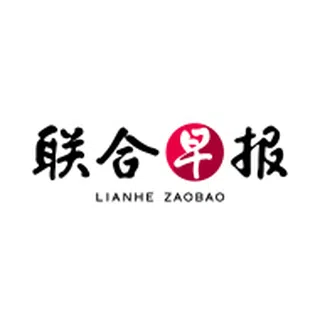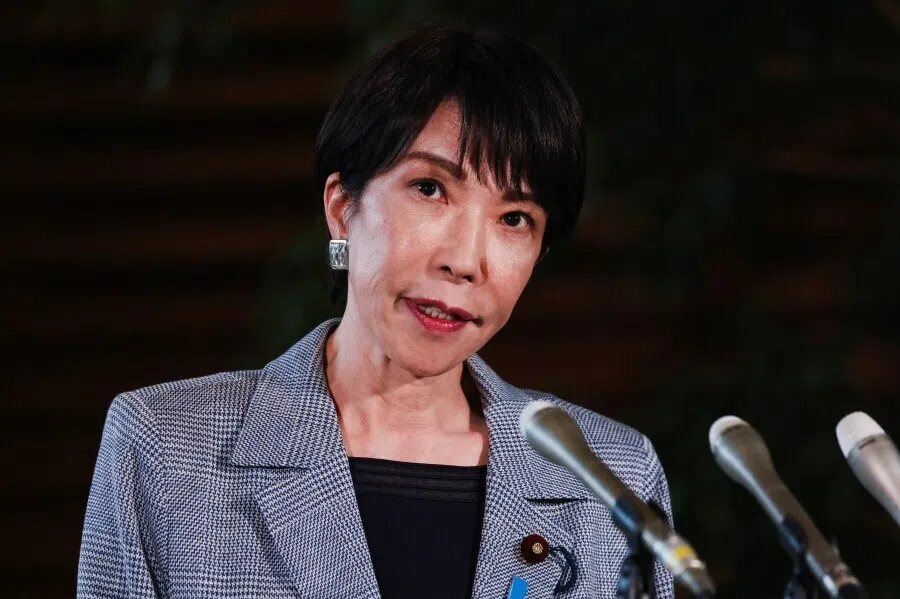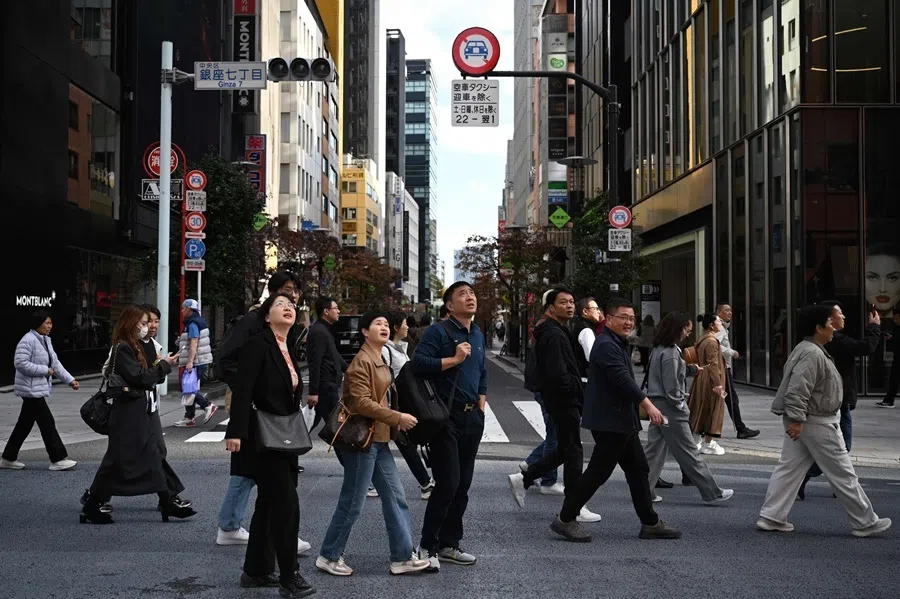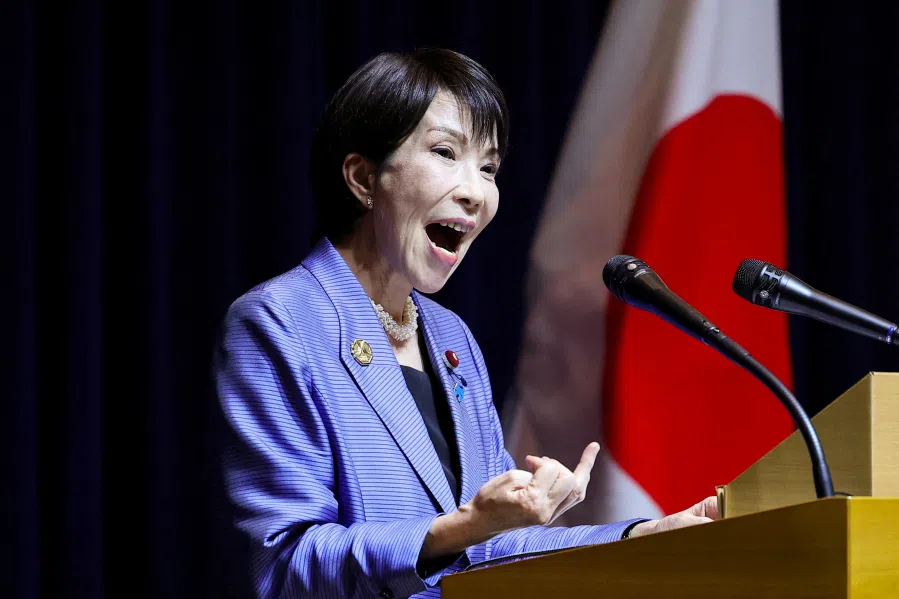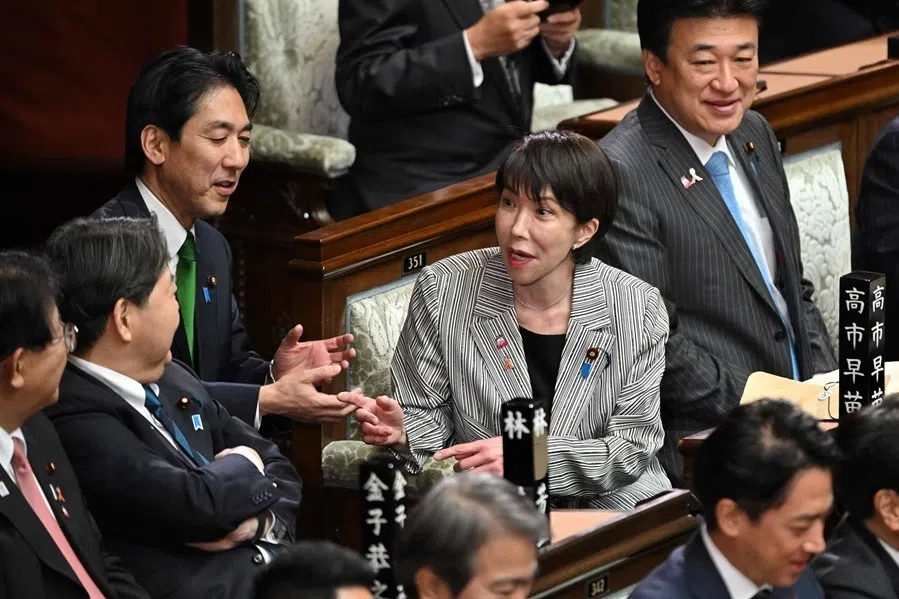No one wants to see China's propaganda slogans in London. Not even as graffiti
A London-based Chinese student's graffiti has drawn widespread attention, as he painted the 12 core socialist values of the Chinese Communist Party on a wall in Brick Lane. While he denies political significance in the work, many local residents have responded to it by adding their own take, while netizens are debating its meaning. Lianhe Zaobao's China Desk looks at the young student's motivation and its result.
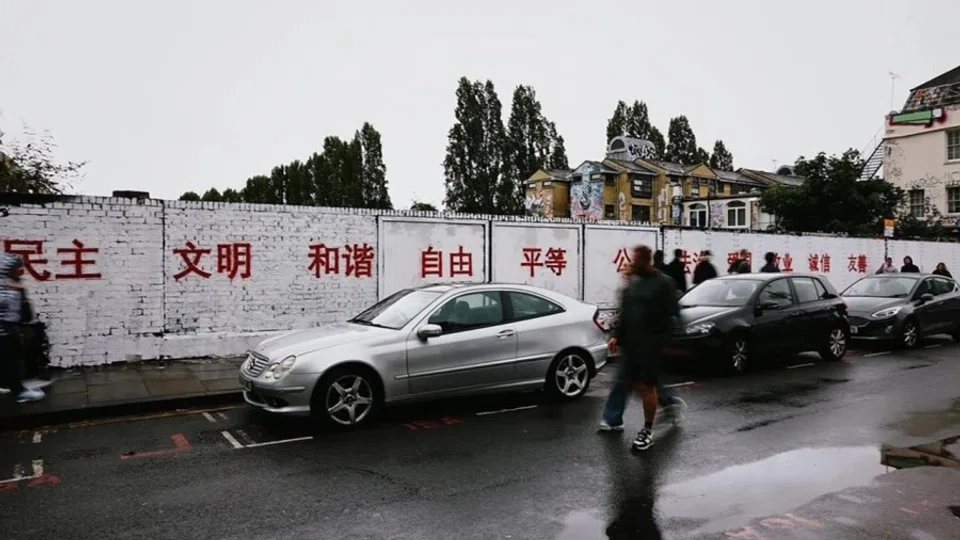
On 6 August, 12 Chinese terms including prosperity (富强), democracy (民主), civility (文明), harmony (和谐) and freedom (自由) suddenly appeared on a graffiti wall in London, rapidly sparking a smokeless battle of words.
Chinese student Wang Hanzheng, 26, of the Royal College of Art in the UK who led the creation of the graffiti said in an Instagram post on 15 August that he has since been subjected to unthinkable cyberbullying, even as one or two individuals have come to his support.
Core socialist values appear in London
Wang had earlier posted on social media platforms such as Xiaohongshu and Instagram under his handle Yique (一鹊), that he and his team had put the core socialist values advocated by the Chinese Communist Party (CCP) on a wall in Brick Lane in East London.
According to the photos posted by Wang, a street wall was whitewashed on both sides, with one side bearing the 12 Chinese terms for China's core socialist values: prosperity, democracy, civility, harmony, freedom, equality (平等), justice (公正), rule of law (法治), patriotism (爱国), dedication (敬业), integrity (诚信) and friendliness (友善).
He named the mural "The Counterflow of the Way" (反者道之动) and claimed that the work "didn't have much political meaning", as the intent was to "decolonise the false freedom of the West with the construction of socialism".
Some believe this is a product of overseas Chinese expressing patriotic sentiment, while others think that the work was ironically questioning the rule of law in China.
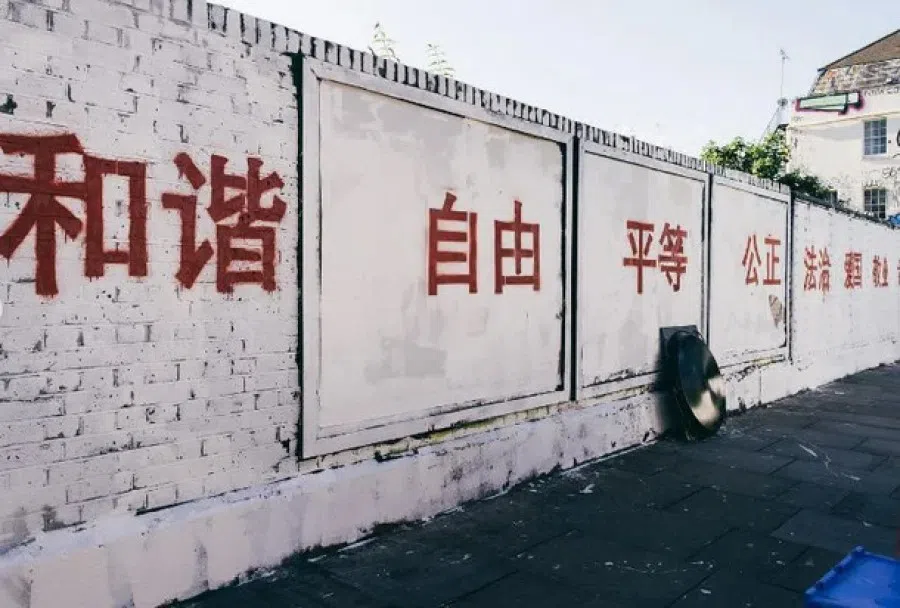
Wang wrote, "Declaring itself the cultural centre of the West in the name of freedom and democracy, this is London's freedom." He added that "Such freedom is a Western construct of Orientalism, which hides a great cultural phase of unequal rights and exploitation."
Several reports noted that "rule of law" (法制) had a question mark above, raising speculation among netizens about the artist's motive. Some believe this is a product of overseas Chinese expressing patriotic sentiment, while others think that the work was ironically questioning the rule of law in China.
According to a report by Initium Media, Wang denied adding the question mark, saying that the work is not meant to be a satire.
Wang shared an on-site image on Instagram Stories, saying that painting those words was a strong expression of freedom of speech, subtly reminding people that "oppression of thought, news freedom and freedom of speech still prevails in China in 2023". He also stated that he loves China, but also has the right to reflect on the country through art.
The artist did not graffiti on a blank wall, but first painted over other artists' creations with white paint. Wang was apologetic over covering the creations of many other artists with his work, but he believed that "maybe that's the price of freedom, so let me be the bad guy who amplifies that price".
... some users criticised the artwork as "shameful Orwellian doublespeak propaganda".
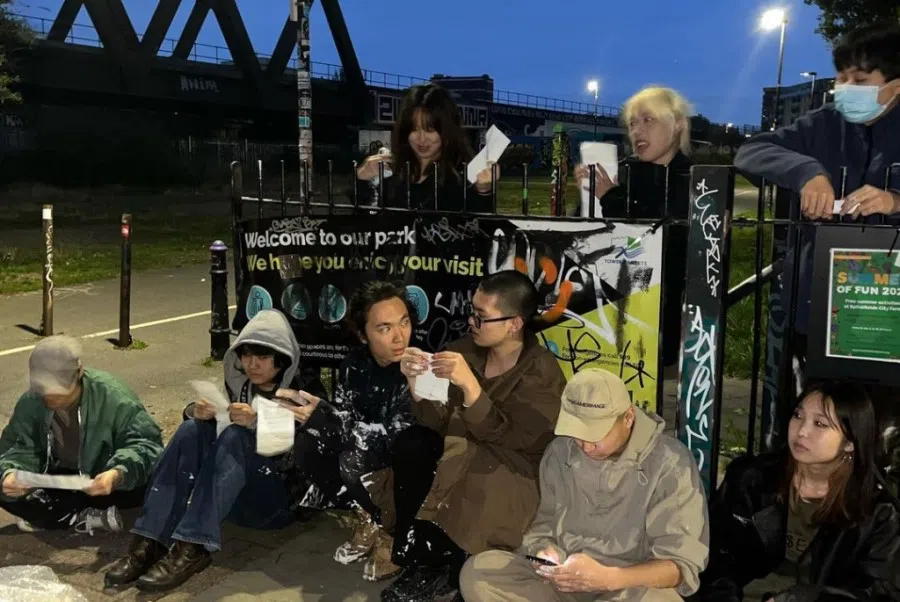
Photos from the site showed about nine people participating in the mural creation. They used red paint to spray over cardboards that had the Chinese characters cut out in them.
According to the artists involved, the process attracted many onlookers. Most were curious and admired their work, but some criticised and threatened them, and their spray paint, bags, cameras, computers and other items were stolen.
People hated the work?
The 12 core socialist values on the graffiti wall were first proposed by then CCP General Secretary Hu Jintao at the 18th National Congress in 2012. Further advocated by current CCP General Secretary Xi Jinping, the terms have become ubiquitous propaganda slogans across China, including in government offices, streets, schools, shopping malls and parks.
Some Chinese netizens appreciated the sudden appearance of the 12 familiar Chinese terms on a wall in the UK, as they saw it as the artist's "cultural export" to Western countries, giving them a taste of life in China.
Critics, however, viewed it as a form of "cultural invasion" on Western countries, which would reinforce negative impressions of China and tarnish its reputation. On social media platform X (formerly Twitter), some users criticised the artwork as "shameful Orwellian doublespeak propaganda".
Many Chinese locals and residents made their own additions to the original mural to express their dissatisfaction with it.
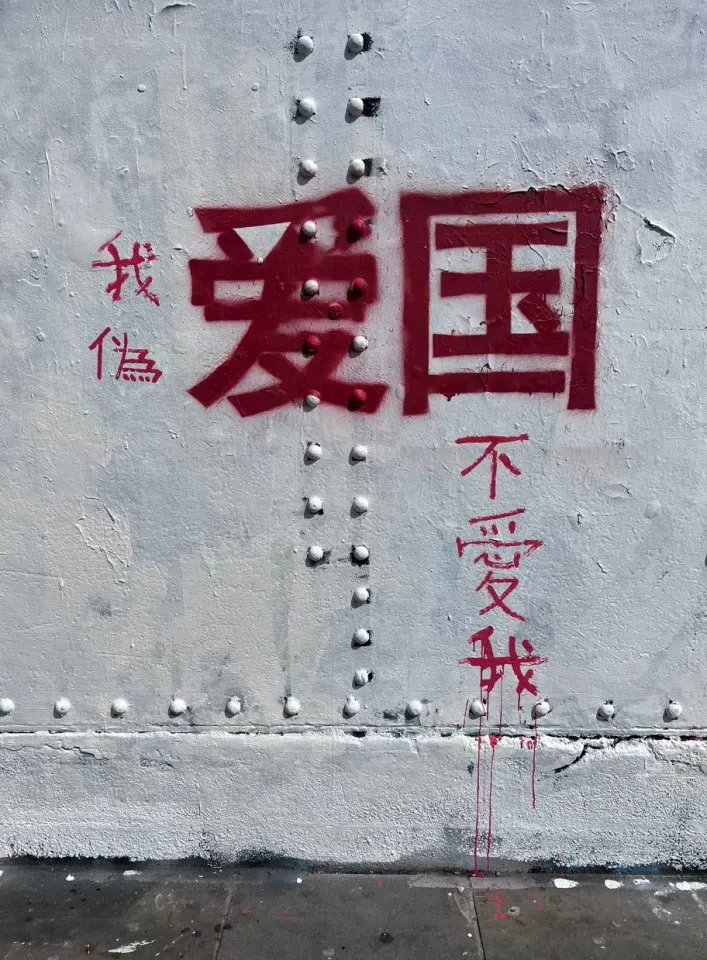
But supporters questioned, "Since their [the West's] graffiti culture can become popular in our country, why can't our 'slogan printing' be a reverse export?"
Wang said that he looked forward to seeing how artists would "continue creating on this base of core socialist values". He may not have anticipated the wave of secondary creations that would come from local residents after the mural went public. Many Chinese locals and residents made their own additions to the original mural to express their dissatisfaction with it.
For example, some added characters changing "patriotism" to "I (pretend to) love my country but my country doesn't love me" (我伪爱国,国不爱我); next to "democracy" and "freedom" were the words "Not found in China" and "404 Not Found"; the English phrase "But some are more equal than others" was written above "equality"; and the word "no" was added in front of "civility" and "harmony". Some feminists and members of the LGBT+ community also wrote slogans such as "Women have no country" on the wall.
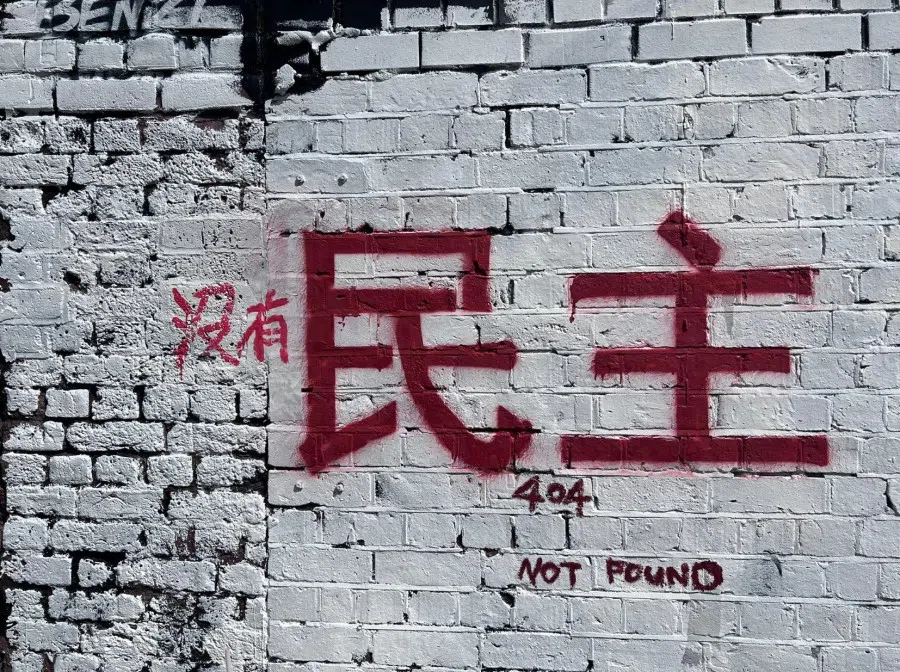
Perhaps because of the sensitivity of these responses, the discussion of London's Brick Lane was restricted on Weibo. Chinese netizens began to speculate as to whether the artists had foreseen and intended this.
'Death of the author'?
Facing criticisms and backlash, Wang told Ming Pao in an interview on 7 August that he does not have a political stance, and is neither a "little pink" (小粉红, a blind supporter of Chinese nationalism) nor someone who indulges in sophisticated ingratiation. It was not about criticising China and neither was he so blinded by his love for China that he was discrediting foreign ideas.
He hopes that he can take the middle ground and let his work "create a clash of two cultures".
On the same day, he posted a 1,000-word statement on Instagram and Xiaohongshu to share that he and his team have been intensely cyberbullied.
He claimed that a Hong Kong organisation is "after his skull" and that he is trapped in the midst of "intense persecution".
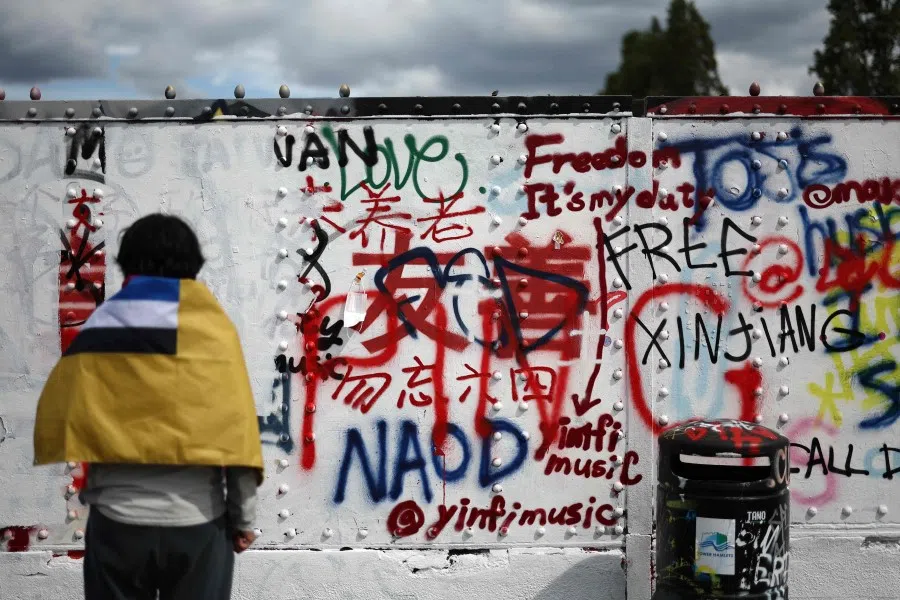
Apart from his personal information and private life being maliciously vilified and magnified, he and his parents were doxxed and have endured constant verbal abuse and death threats. He claimed that a Hong Kong organisation is "after his skull" and that he is trapped in the midst of "intense persecution".
Wang wants his work to be "returned to society". But it seems that the artist's desire to enact the "death of the creator at the birth of the work" did not happen. On the contrary, the creative team's political stance and motives were highlighted and called into question.
A debate on values
According to the BBC, local laws stipulate that writing or drawing on public property such as walls and sidewalks is prohibited without permission. However, after the Tower Hamlets London Borough Council adopted a policy differentiating between "graffiti" and "street art" in 2019, law enforcers became committed to "taking a balanced view" on removing unsightly graffiti from walls while preserving outstanding street art.
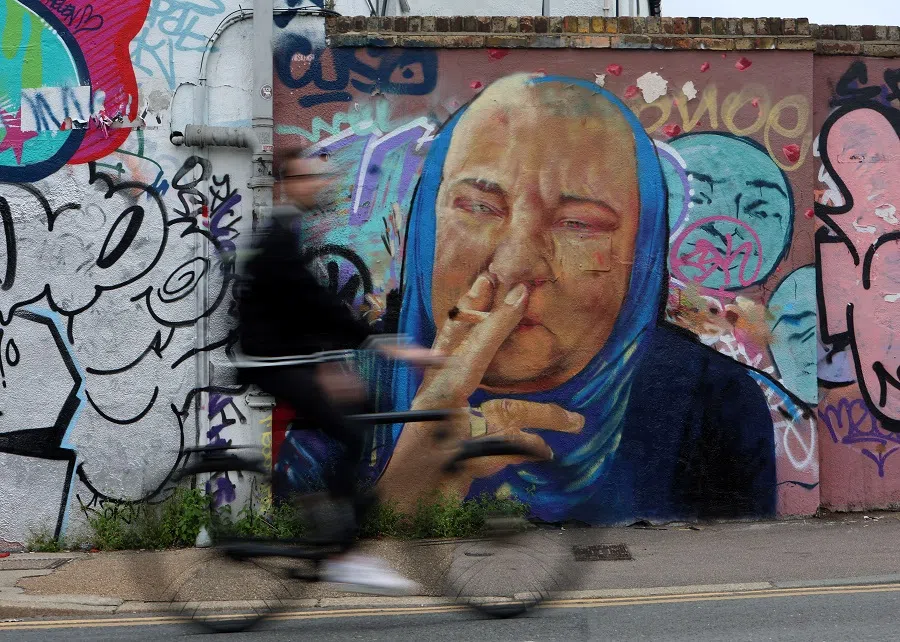
This means that the local government will not forcibly remove an artist's work on the wall if it does not constitute pollution to the cityscape.
The report noted that the walls of Brick Lane have served as a platform for artists to showcase their creativity since 2017, with new murals appearing there every few weeks.
This suggests that Wang and his team are more so embroiled in a clash of values between China and the West.
As relations between China and the West continue to deteriorate and political and diplomatic conflicts continue, several Western countries have attempted to remove China-related elements amid calls for decoupling and de-risking. A survey released by the Pew Research Center last September found that nearly 70% of the people in the US, the UK, Australia, Germany, the Netherlands, Sweden, Japan and South Korea have negative views of China.
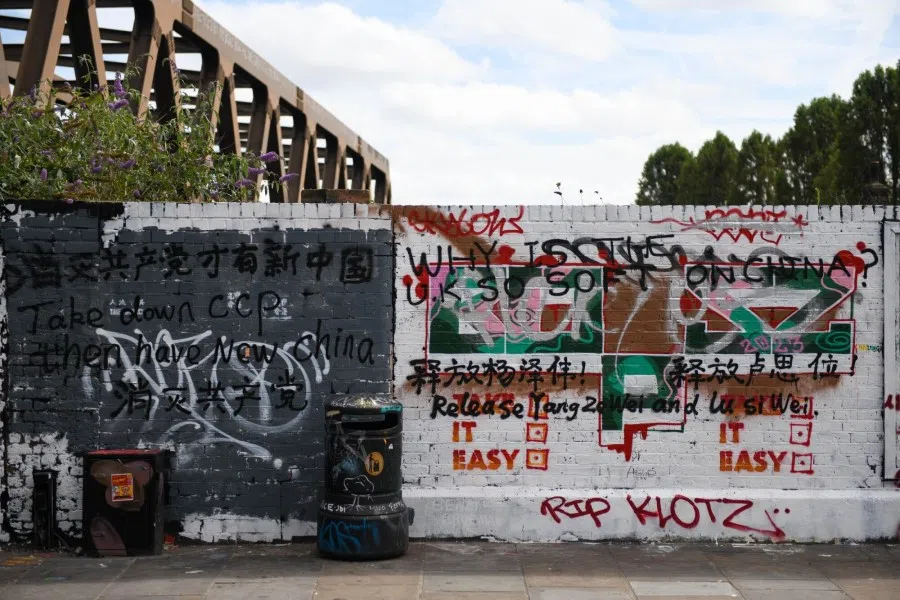
Thus, when works containing Chinese political propaganda appear on London's walls, they would likely be interpreted as an infiltration of Chinese ideology into Western thought, thus leading to a conflict.
Based on a video that netizens have uploaded on X, slogans criticising the Beijing government for human rights violations, such as "Free Hong Kong" and "Free Tibet", have appeared on the walls of Brick Lane.
While the wall will eventually be whitewashed again with different art pieces painted over it, it is unlikely that the debate on values will end there.
While Wang and his team may have wanted to use the graffiti wall as a testbed for the collision of values between the People's Republic of China and the West, and drives a China-West dialogue, he would have never expected himself to be caught in the crossfire and become a participant of this social experiment gone wrong.
This article was first published in Lianhe Zaobao as "伦敦社会主义壁画文字战的背后".
